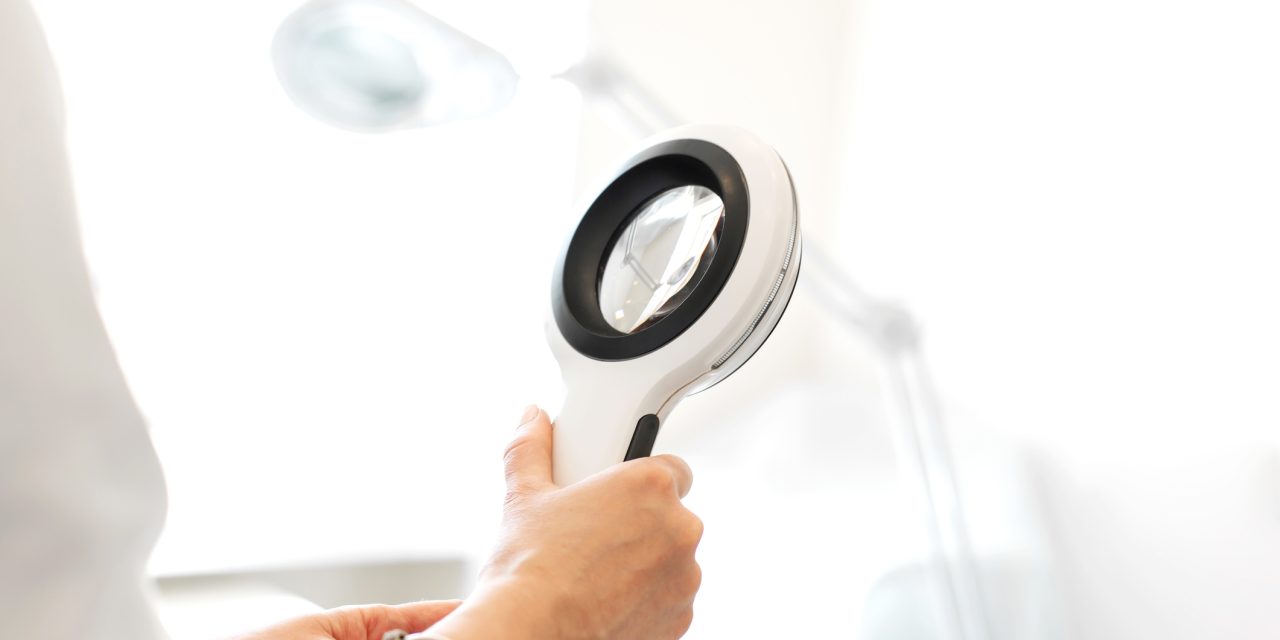Pimecrolimus (SDZ ASM 981), an ascomycin derivative, is a nonsteroid with an anti-inflammatory action that has shown benefit in adult and pediatric patients with atopic dermatitis when administered topically. In babies aged 3 to 23 months, children aged 2 to 17 years, and adults, topical pimecrolimus 1.0% cream was considerably more effective than vehicle in decreasing symptoms of atopic dermatitis, as evaluated by the Eczema Area and Severity Index (EASI). In adults, the median decreases in total EASI scores from baseline were 47 and 0%, respectively, after therapy with pimecrolimus 1.0% or a comparable vehicle twice daily for 3 weeks. Treatment with pimecrolimus 1.0% twice daily for 6 weeks resulted in substantial reductions in mean EASI scores in babies and children.
After topical therapy with pimecrolimus 1.0% cream, the degree of pruritus was dramatically decreased in patients of all ages. In adults, children, and babies, intermittent long-term use of topical pimecrolimus 1.0% decreased the incidence of eczematous flares compared to vehicle. About 61% of children treated for a year with pimecrolimus had no flares during the first six months of therapy, compared to 35% of kids treated with vehicle. Atopic dermatitis patients of all ages tolerate topical pimecrolimus 1.0% cream effectively. In individuals with atopic dermatitis, no clinically meaningful systemic adverse effects were identified in any of the investigations. Application site responses, such as burning and a sense of warmth, were the most commonly reported adverse effects.
Finally, topical pimecrolimus 1.0% cream has been found to be effective in treating mild to moderate atopic dermatitis in newborns, children, and adults. Although comprehensive tolerance data for babies and children has yet to be published, the medicine appears to be well tolerated in all age groups, and no clinically meaningful systemic side effects have been reported.
Reference:link.springer.com/article/10.2165/00128071-200203060-00006


